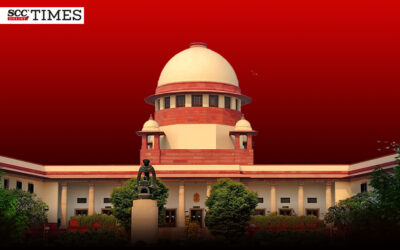BNS Section 335 – Making a false document
The Indian Penal Code (IPC) Section – 464
Bharatiya Nyaya Sanhita (BNS) Section 335: Making a False Document
This section defines and punishes the act of creating or altering a document or electronic record with dishonest or fraudulent intent. Below is a simple explanation of the law in easy-to-understand language:
What is Making a False Document?
A person is said to make a false document or electronic record if they:
- Dishonestly or fraudulently:
- Create, sign, seal, or execute a document or electronic record.
- Alter a document or electronic record without lawful authority.
- Cause someone to sign or alter a document or electronic record by deceiving them or taking advantage of their mental state (e.g., illness or intoxication).
- The act is done with the intent to deceive or cause harm.
Examples of Making a False Document
- Example 1:
- A alters a cheque by increasing the amount from ₹10,000 to ₹1,00,000 to deceive the bank. A is guilty of making a false document.
- Example 2:
- A forges B’s signature on a property deed to sell B’s land. A is guilty of making a false document.
- Example 3:
- A creates a fake certificate in the name of a deceased person to claim benefits. A is guilty of making a false document.
Key Points to Understand
- Dishonest or Fraudulent Intent:
- The offender must act with the intent to deceive or cause harm.
- Types of False Documents:
- Physical documents (e.g., cheques, contracts, wills).
- Electronic records (e.g., emails, digital signatures).
- Unauthorized Alterations:
- Changing a document or electronic record without permission is also considered making a false document.
Why is this Law Important?
This law is important because:
- It prevents fraud and deception through false documents.
- It ensures the authenticity of legal and financial records.
- It protects individuals and organizations from financial and reputational harm.
Summary
The Bharatiya Nyaya Sanhita (BNS) Section 335 makes it a crime to create or alter a document or electronic record with dishonest or fraudulent intent. This includes forging signatures, altering amounts, or creating fake documents. The law ensures that such deceptive practices are punished, maintaining trust in legal and financial systems.

